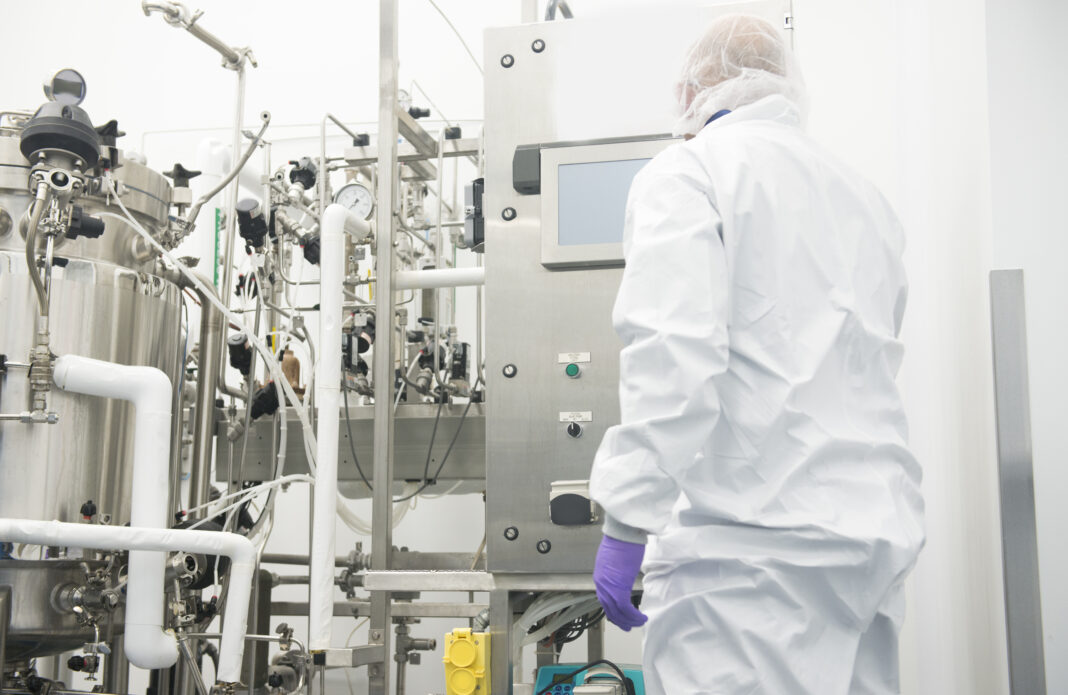Efficiently and effectively producing a biotherapeutic depends on monitoring the bioprocess, but that’s not easy. Although samples can be drawn from a bioreactor and analyzed offline, that can be expensive and time consuming, plus the process can contaminate a culture. In the realm of monitoring, bioprocessing lags behind other industries, but that is changing.
“Most of the chemical-processing industry has moved toward more real-time analytics, which enables real-time reactivity and real-time control,” says Christopher Brown, PhD, co-founder and CTO at 908 Devices in Boston. “The food industry was among the first to apply real-time process analytics, and then it moved into the chemical and petrochemical industries and then small molecule pharma about 20 years ago.”
As a newer industry, Brown says that bioprocessing started off with the basics—just getting the steps working to make the desired biopharmaceuticals. “When bioprocessing got past that, the industry wanted to do it better, more predictably, under more control,” he continues. “There’s really no better way than to start monitoring critical control parameters, critical quality parameters.”
Key questions
To make the move to better monitoring, bioprocessors faced various key questions. “First, it’s trying to understand what’s worth measuring and at what phase,” Brown explains. “In the very early phase of drug development, you’re looking for therapeutic efficacy, viability, safety, but then it moves toward the process by which we’re going to repeatedly produce this in the process-development space.”
Instead of off-line or even at-line monitoring, on-line methods provide the fastest feedback on a bioprocess. 908’s bioanalytics R&D team developed a new approach to sterile bioreactor sampling for analytics. The technology can be added to a bioreactor—even single-use bags—to monitor glucose and lactate. Other analytes might also be monitored with this technology in the future.

Without taking any volume from a bioreactor, 908’s technology can monitor glucose and lactate down to 0.01 and 0.05 g/L, respectively. Plus, the information from monitoring glucose on-line can be combined with a feeding strategy—knowing how much glucose to add to a bioreactor and when.
Given the value of improved monitoring in bioprocessing, this field is poised to expand, and it already attracts a variety of vendors. For example, YSI in Yellow Springs, OH, makes on-line monitors for various nutrients in a bioreactor. Likewise, Cytiva, headquartered in Marlborough, MA, offers in-line sensors for various bioprocessing parameters.
As this field moves forward, sensors will monitor more of a bioprocess. As Brown says, “We’ll be moving toward an expansion of on-line measurements, and there are lots of opportunities to enable customers with more real-time information, not only on process parameters but possibly product parameters as well.”


